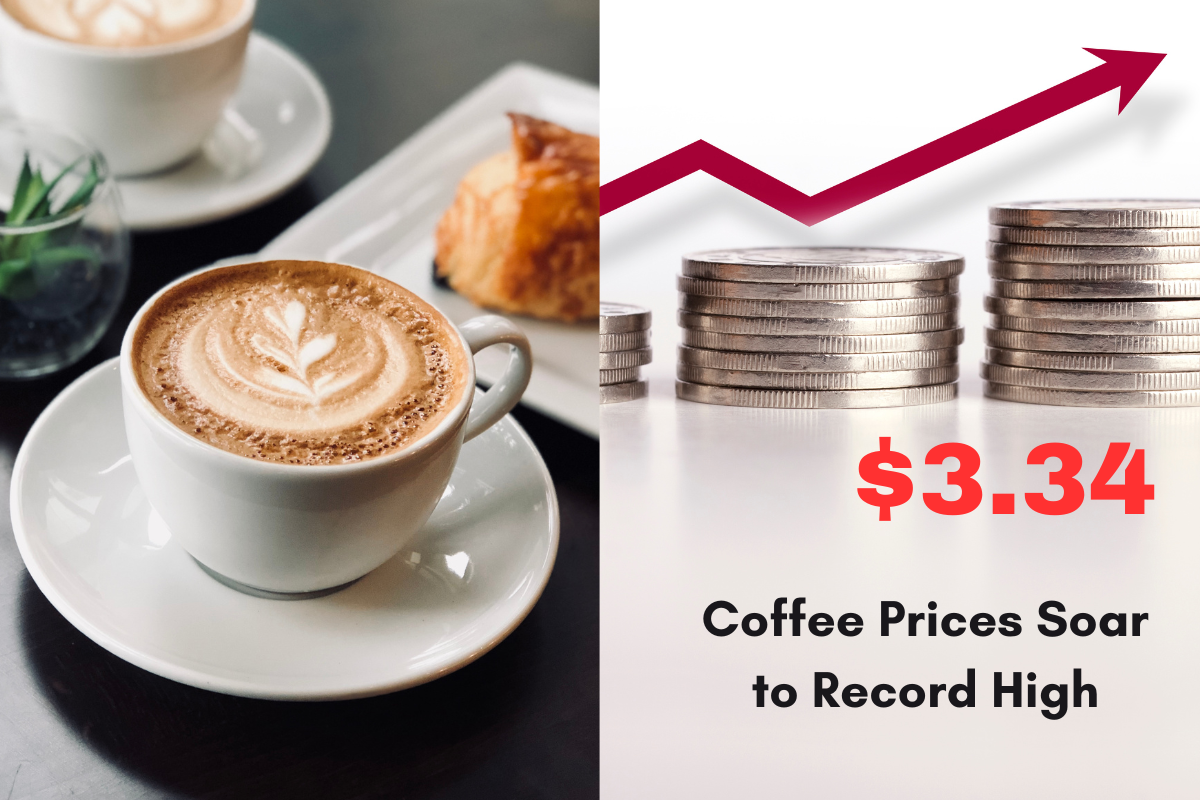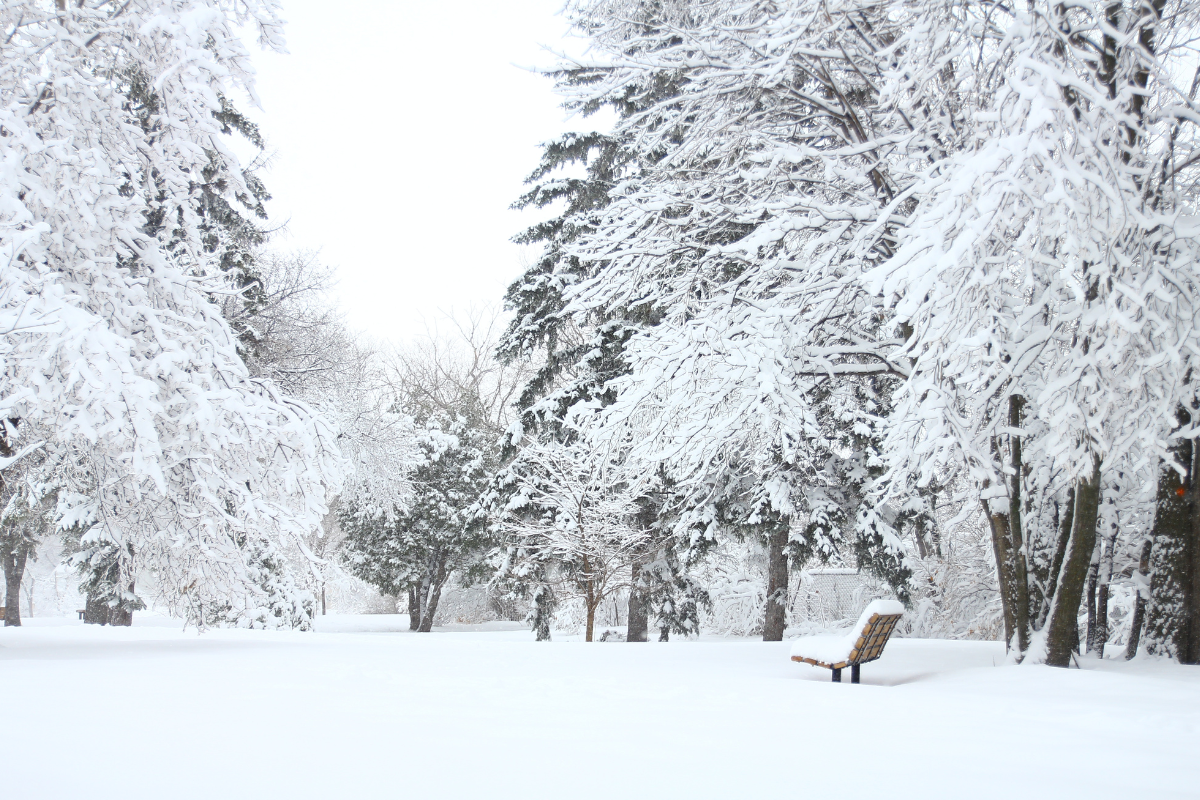The price of Arabica coffee beans, which are the most common type of coffee beans used globally, reached $3.34 per pound on December 10th. This is a huge increase, especially when you consider that coffee prices have been rising steadily for months. Arabica beans are the ones most commonly used for coffee in cafes and stores, so this rise in price will be felt by coffee drinkers everywhere.
Robusta beans, which are another type of coffee bean, have also seen big price increases. At the end of November, Robusta beans reached a new high of $5,565 per metric tonne. While the price has since dropped slightly to $5,268, it’s still significantly higher than what we’ve seen in the past.
The Drought in Brazil and Its Impact on Coffee Production
Brazil is the largest producer of Arabica coffee beans in the world, making up almost 40% of the global coffee supply. But this year, Brazil has been hit hard by a drought that’s severely affected coffee farms. The lack of rain has caused many crops to fail, resulting in a lower harvest of coffee beans. This is one of the main reasons why prices are going up.
One of the world’s largest coffee traders, Volcafe Ltd., recently lowered its production estimates for Brazil. They now expect Brazil to produce only 34.4 million bags of Arabica coffee next season, down by 11 million bags from their earlier estimate. This sharp decline is a big deal for the global coffee market. According to reports, the world could see a coffee shortage of about 8.5 million bags by the 2025-2026 season. With less coffee to go around, the price is expected to keep rising.
Why the Drought in Brazil Is Such a Big Deal
Brazil’s role in the coffee industry is massive. As the largest producer of Arabica coffee, anything that happens there has a ripple effect across the global coffee market. The country’s drought is especially serious because it not only lowers the amount of coffee beans being harvested but also affects the quality of those beans. Poor harvests and lower-quality beans mean that coffee traders and roasters will have to pay more for the beans they buy. These costs are passed down to the consumer, leading to higher prices for coffee.
The lower supply of beans, combined with steady demand, means that coffee prices are likely to stay high for a while. The coffee shortage in Brazil is one of the biggest drivers of rising prices, but other factors are also at play.
Other Factors Contributing to Rising Coffee Prices
It’s not just the drought in Brazil that’s affecting the cost of coffee. There are several other reasons why coffee prices have been going up.
1. Increased Global Demand for Coffee
More people around the world are drinking coffee than ever before. Countries like China and India, where tea was once the preferred drink, are now seeing growing interest in coffee. As the demand for coffee rises, the price tends to go up, especially when the supply of coffee beans is limited, as it is right now.
At the same time, people are drinking more specialty coffees. Whether it’s organic beans or unique blends, these premium coffee types are becoming more popular. But because they are higher quality, they also come at a higher price.
2. Higher Production and Shipping Costs
The cost of producing coffee is rising. Labor costs for picking coffee beans are going up, and the price of fertilizers and other inputs used to grow coffee is increasing as well. On top of that, shipping costs have risen due to global supply chain issues and higher fuel prices. All of these factors are making coffee more expensive to produce, and these costs are passed along to consumers.
3. Political Instability in Coffee-Producing Countries
Coffee is grown in many countries around the world, and political issues in those countries can also impact the price. Countries like Colombia, Ethiopia, and Honduras rely heavily on coffee exports, and any instability, such as strikes or government changes, can disrupt the coffee supply. This can lead to higher prices for coffee beans, especially when other producers like Brazil are already struggling.
What This Means for Coffee Drinkers
For those of us who enjoy a cup of coffee every day, these price increases could mean that we’ll have to pay more for our daily brew. Whether you’re grabbing a cup at a café or brewing coffee at home, you may notice the price creeping up.
Café prices are likely to rise as well. A simple cup of coffee that you once paid $2.50 for might now cost $3 or more. If you drink specialty coffee like a latte or cappuccino, you may see prices increase even more. Some coffee shops might even change their menu options, offering smaller sizes or lower-cost alternatives to help offset the rising costs of the beans.
For those who drink coffee at home, the price of beans could also go up. Arabica beans, in particular, are likely to become more expensive. If you typically buy premium coffee beans, you may want to consider switching to a less expensive variety or even exploring other beverages, like tea or hot chocolate, to save some money.
The Future of Coffee Prices: Will They Keep Rising?
It’s hard to say for sure, but it seems likely that coffee prices will continue to rise for the foreseeable future. The drought in Brazil is expected to last, and the global demand for coffee shows no signs of slowing down. With the supply of coffee beans lower than expected and the cost of production increasing, we may continue to see prices go up.
However, coffee markets can be unpredictable. While it’s possible that prices will stabilize once the drought ends or once other countries ramp up their production, there are many factors at play that could keep prices high. The ongoing challenges in the coffee-growing regions, like weather conditions, political instability, and rising costs, could all contribute to sustained high prices.



